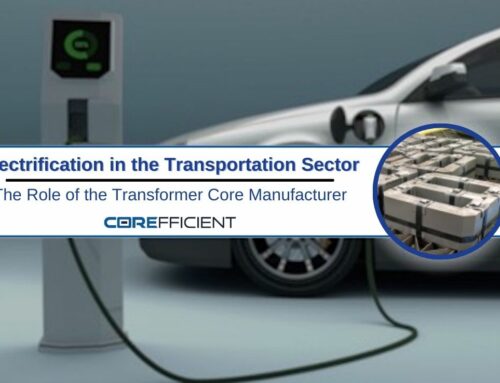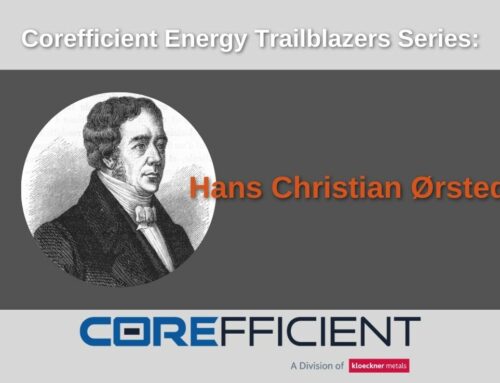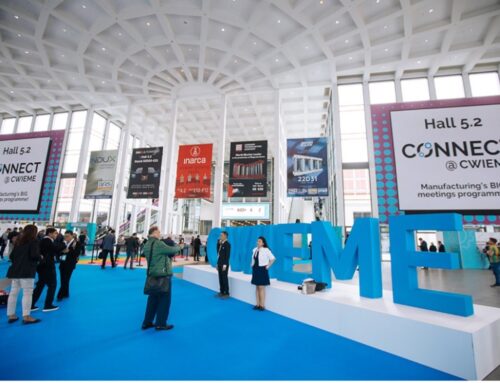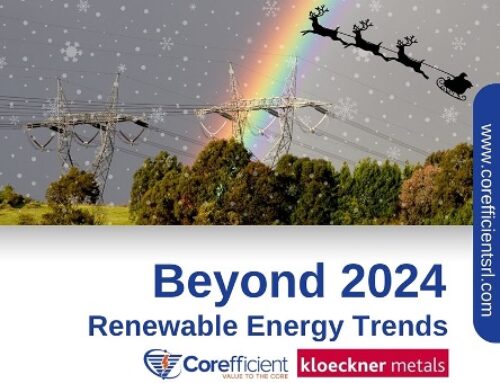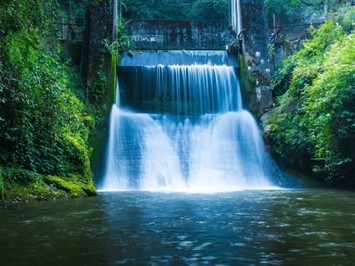
The rise of the eco-conscious mind and sheer necessity has forced an exploration into alternative sources of energy. When addressing green energy, hydropower has the potential for prodigious growth. The cyclical process of hydropower underscores its renewable nature and sustainability as an energy source. Harnessing the power of water in its many forms, from river to ocean, could benefit society, the environment, and nature.
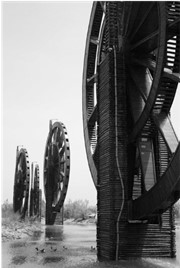
First, let’s get a brief overview of hydropower and hydroelectricity. Hydropower uses the kinetic energy of moving water to power machines. Evocative images of waterwheels grinding grain in ancient times might come to mind. In modern times, hydropower still moves an iterative advancement of the waterwheel, the turbine, which when coupled with a generator produces electricity, otherwise referred to as hydroelectricity. That electricity is then prepared for long-distance transmission by transformers. Transformers are key in stepping-up, to reach vast distances, and stepping-down, for consumers, to the voltages of electricity for safe utilization.
Traditional methods of producing hydroelectricity involve either a hydro storage plant like a dam, also known as an impoundment facility, or a diversion method (run-of-river). In essence, a dam holds back potential energy that will later be converted into kinetic energy through the use of falling water. The greater the fall or hydraulic head, which can be manmade or natural, the greater the force in turning the energy-producing turbines and, subsequently, the generator.
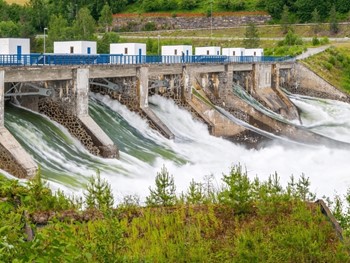
Diversion facilities redirect or divert canals, better known as penstocks, or pipes from a flowing river to the power plant located usually down river, once again using the natural gravitational pull and flow of rushing water. The facility then returns the diverted water to the river. Unlike impoundment facilities, the run-of-river method does not typically store water. It primarily depends on the run-off from precipitation making this hydropower source susceptible to drought conditions.
Another method growing in popularity is pumped storage hydropower (PSH). Think of it as somewhat of a hybrid of impoundment and diversion methods. PSH utilizes water from a reservoir at a higher elevation that flows downhill through the powerhouse during high energy demand and then pumps the water back up during low energy usage. In optimal designs, these facilities are usually paired with solar energy or wind energy to return the water to its source.
According to the January 2021 U.S. Hydropower Market Report, less than 7% of electricity in the United States is currently generated by hydropower, more than 18% worldwide. However, hydropower represents about 40% of energy resources in the U.S. that have the capability of restoring electricity to a grid without the need of outside power sources. The power industry refers to this as a “black start resource.” For this appeal, heads are turning toward hydropower optimization. Consequently, PSH development in the U.S. increased 31% in 2019 with more projects on the horizon.
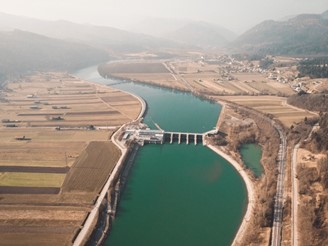
Now, let us look at the other innovations being considered. There is an ongoing debate about the environmental impacts of dams on the land, on the ecosystem, and on emissions. Building large dams is under scrutiny. Most dams built by the U.S. were built for other reasons than for power supply such as navigation, flood control, and water supply. Surprisingly, less than 3% of dams are used for hydroelectricity, leaving a large market of existing dams open for retrofitting. Adding powerhouses to existing dams would reduce environmental implications better than building new dams. The U.S. Department of Energy (DOE) estimates that thousands of dams could be retrofitted.
Decentralizing is an option as well. With 52% of hydropower owned by the Bureau of Reclamation and other federal entities, 48% fall under nonfederal organizations. According to the Federal Energy Regulatory Commission, 89% of those facilities fall below large hydropower capacities. However, small hydropower plants befitting local communities and businesses or micro hydropower facilities that generate just enough power for a farm or village are considerations for lower carbon footprints.
Reminiscent of the aforementioned run-of-river method, hydrokinetic energy is being explored as well. Placing new turbine technology into rivers, utilizing all motion including undercurrents without deterring its natural flow is another possibility for hydroelectric production. On this same front, new technologies investigating the capture of kinetic energy from tidal waves, ocean motion, and geothermal resources are being studied.
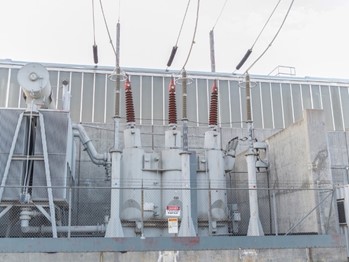
Considering technology trends potentially improving hydropower flexibility, digitalization along with real-time data collection, material usage, and manufacturing, it only makes sense to look at all the working parts. Along with an interest in renewable energy comes the need for better delivery, or transmission of that energy. This leads us to considering transformer cores.
As mentioned earlier, transformers are key in the delivery process of hydroelectricity to the end-user. Part of the journey in developing an ecofriendly transformer core is in using highly-tested materials during the manufacturing process for creating more energy-efficient performances. Creating higher efficiency cores is paramount to lowering greenhouse emissions. We must consider building for end-use as well. In this case, hydropower needs a transformer that can keep up with its evolution.
At Corefficient, we are proud to be part of this new progress towards green energy. We seek to be providers for the growing green energy market by saving energy through energy-efficient transformer core design that meets all conservation standards while providing optimal operation tailored for each individual circumstance.
More about Corefficient — Part of the National Material L.P. family of companies, Corefficient specializes in the fields of core engineering, transformer core design, magnetic core expertise, cold rolled steel, grain oriented steel, electrical steel, and – most importantly – customer service.
Contact Corefficient’s sales engineer today at: 1 (704) 236-2510.

